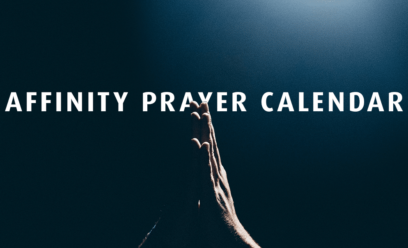Ding, Dong, the Bells will not be Chiming: the 2015 Marriage Statistics

The furore over the redefinition of marriage in 2014 to include same-sex couples may have obscured another tragedy which was just as significant – that marriage in Britain, even when opposite-sex couples had it to themselves, had been in serious decline for several decades.
This was brought home by the release last month (28 February 2018) of the latest available marriage statistics for England and Wales, those for 2015, which showed marriage to be less popular than at any time since records began in 1862.
Compiled by the Office for National Statistics (ONS), the figures revealed that only 2.17 per cent of eligible men (unmarried men over the age of 16), and 1.98 per cent of eligible women, married in 2015.
Marriage popularity, as measured by what is known as the ‘marriage rate’, was at its peak in 1972, when the equivalent figures were 7.84 per cent for men, and 6.05 per cent for women. This means that the proportion of men and women in the population who chose to marry in 1972 was more than three times what it was in 2015. In the 43 years between 1972 and 2015, the marriage rate percentages have been dropping relentlessly (4.21 and 3.61 in 1990; 3.01 and 2.59 in 2000; and 2.36 and 2.13 in 2010).
The decline in the marriage rate is particularly pronounced in the under 35s, which is a strong indication that the annual number of marriages can be expected to continue to decrease in the coming years.
Actual marriage numbers given in the recent release, as distinct from the marriage rate statistics, showed that there were 239,020 opposite-sex marriages in 2015, a decrease of 3.4 per cent compared with 2014. However, the lowest annual total on record is still the 231,450 in 2007.
Marriages in Scotland (28,020) and Northern Ireland (8,355) also declined in 2015, but not as much (2.4 per cent and 2.3 per cent) as in England and Wales. In Northern Ireland, all marriages are still between opposite-sex couples.
In the peak year of 1972, there had been 426,241 marriages in England and Wales – 78 per cent more than in 2015. This difference is made even more stark by the fact that the population in 1972 was lower than in 2015 by 8.5 million (15 per cent).
Prior to 1972, marriage was as central to the defining structure of society in Britain as birth and death. The three were inseparably linked in official records labelled births, marriages and deaths, and in the public mind through newspaper columns affectionately known as hatches, matches and despatches.
Since 1972, however, marriage has been racing out of fashion. While the population increased by 200,000 a year, the number of marriages decreased by 4,354 a year – every year for 43 years.
This is salutary for those, myself included, who feared the extent to which the introduction of same-sex marriage from March 2014 would diminish marriage, rob it of its unique definition, and undermine its esteem and place in society. The redefinition of marriage will have had, and will continue to have, those tragic and lasting effects.
Alongside our grief over that, however, and over the extent to which the redefinition does not honour God, we need to recognise that for years before same-sex marriage was even thought of, marriage in Britain was already in serious free-fall.
It has not been my purpose in this article to assess the many and varied possible reasons for the downgrade, and the reduced take-up, of marriage in Britain. My only present intention has been to report the statistics themselves.
A serious and thorough investigation of the precise reasons for the downgrade and reduced take-up of marriage is much needed. It would help Christians, corporately and individually, to challenge contemporary society regarding the place, significance and benefits of marriage. It would provide a useful reference point for Christians and churches in their teaching and pastoral ministries on marriage, and would better enable Christians, in their own marriages and church life, to guard against the influences and mindsets which have wounded and weakened marriage in the experience of the last two generations.
For the record, there was no dramatic rise or fall in the number of same-sex marriages in the second year following its introduction. There were 6,493 same-sex marriages in 2015, which amounted to 2.6 per cent of all marriages in 2015. This was slightly higher than the pro rata figure for the launch year of 2014, when 4,850 same-sex couples were married between 29 March and the end of the year.
In addition to the 11,343 same-sex marriages in 2014 and 2015, there were 11,567 conversions of civil partnerships into marriages in the same period. Civil partnership is now on the wane, there having been only 1,014 new civil partnerships contracted throughout the UK in 2015.
Rod Badams was a journalist for 11 years, before serving as General Secretary of Christians at Work from 1979 to 1998. He was FIEC Administrator from 1998 to 2011 and editor of The Bulletin from 2006-2015.
(This article was originally published in the Affinity Social Issues Bulletin for March 2018.)



